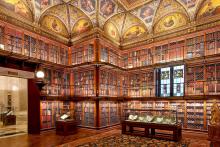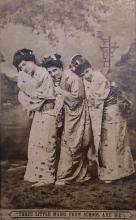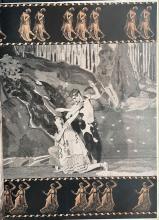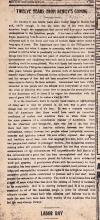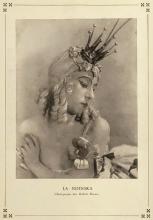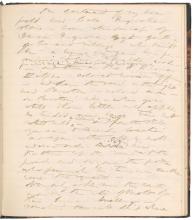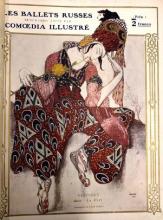J. Pierpont Morgan's Library as An Architectural Archetype: An Aesthetic Encounter
Submitted by Reading Room on Fri, 01/19/2024 - 10:00amThis is a guest post by Cassandra McLean Pereira, artist, writer, and editor.
To create one’s own library is the natural impulse of devoted bibliophiles and lukewarm intellectuals alike. Whether it’s a single bookshelf above a desk, or a dedicated room in a grand mansion, the home library evokes a distinct mood.

